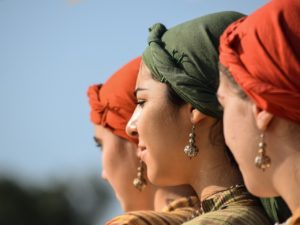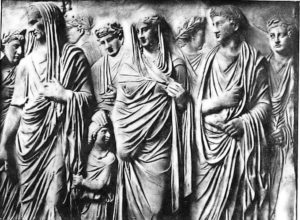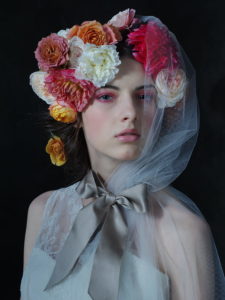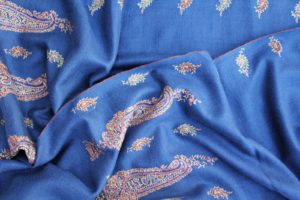
Can I veil?
Absolutely! Anyone can veil, regardless of gender or background.

What is a veil?
Veiling is simply the act of covering one’s head for a specific reason. We use veil as a general term for many styles, including headscarves, knit caps, hats, etc.


Why do people veil?
There are many reasons for veiling, and few members of our community would give identical reasons. Some of the most common reasons are:
-An act of devotion for a deity
-Protecting their own energy
-Shielding themselves from outside energies
-A way to honor their ancestors or culture
-For modesty or to represent their marital status
-Managing sensory sensitivities
-Soothing mental health symptoms
-Because they like how it looks

Is veiling cultural appropriation?
Not inherently, but some styles and fabrics are inappropriate for use outside their original culture. For example, knit caps are worn around the world, but tignons have a unique history in the African diaspora and should not be worn by White people.
You can read our full statement on cultural appropriation HERE.


Isn’t the veil a sign of oppression or patriarchy?
Clothing is only oppressive if one is being forced to dress in a specific way. While that is an issue in some communities, veiling is not a requirement for being a witch or pagan. Nor do we consider it to be restricted to women; our community includes members of many genders.
Many of our members have found empowerment in their veil. As one of our members put it, “I know I don’t have to, but I do get to.” They like being able to decide who gets to see their hair, when to protect their energy, and how to live out their connection to their deities and ancestors. For many thousands of years, people of all genders have covered their heads for cultural, practical, and religious reasons. Its meaning is not restricted to modern stereotypes.
